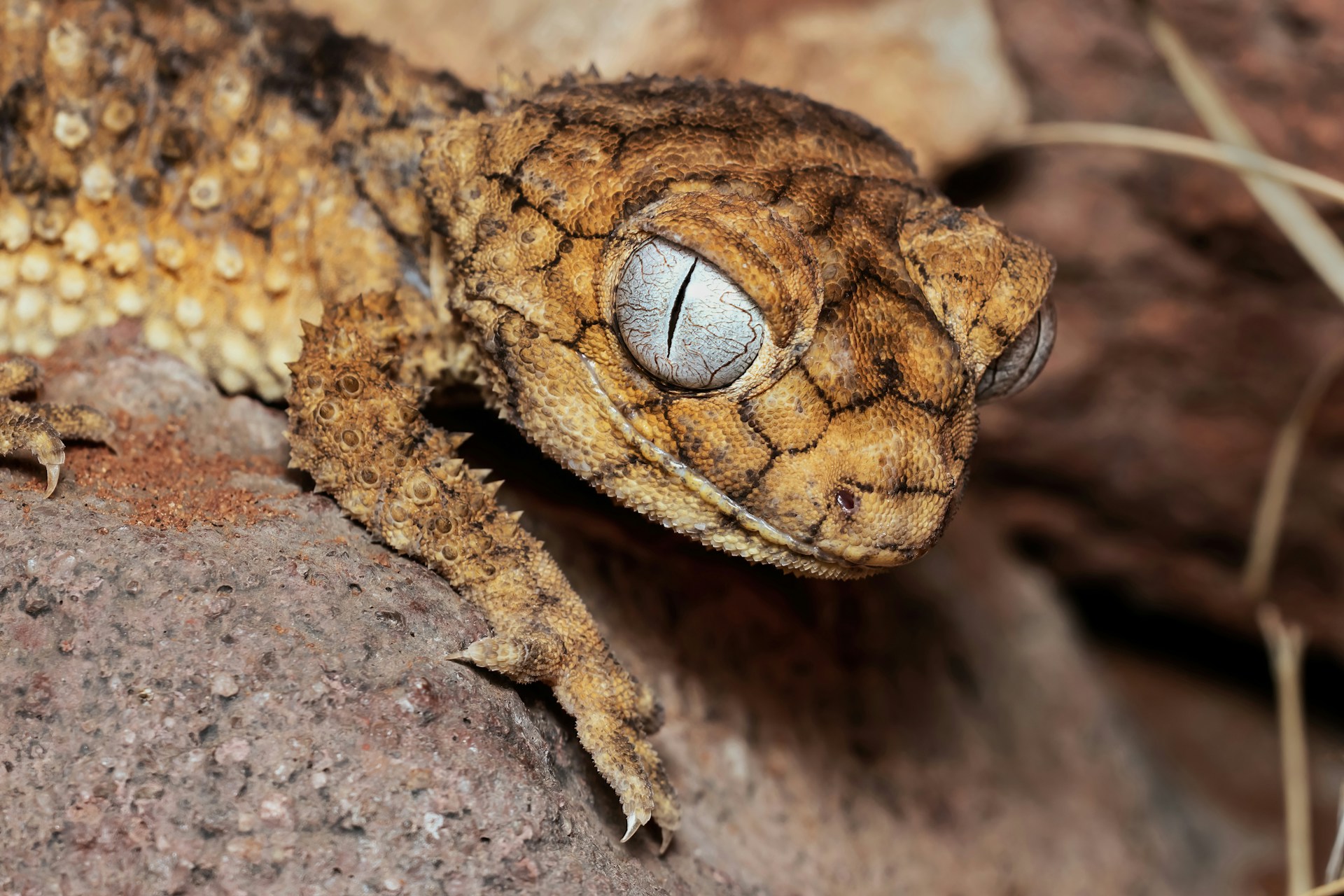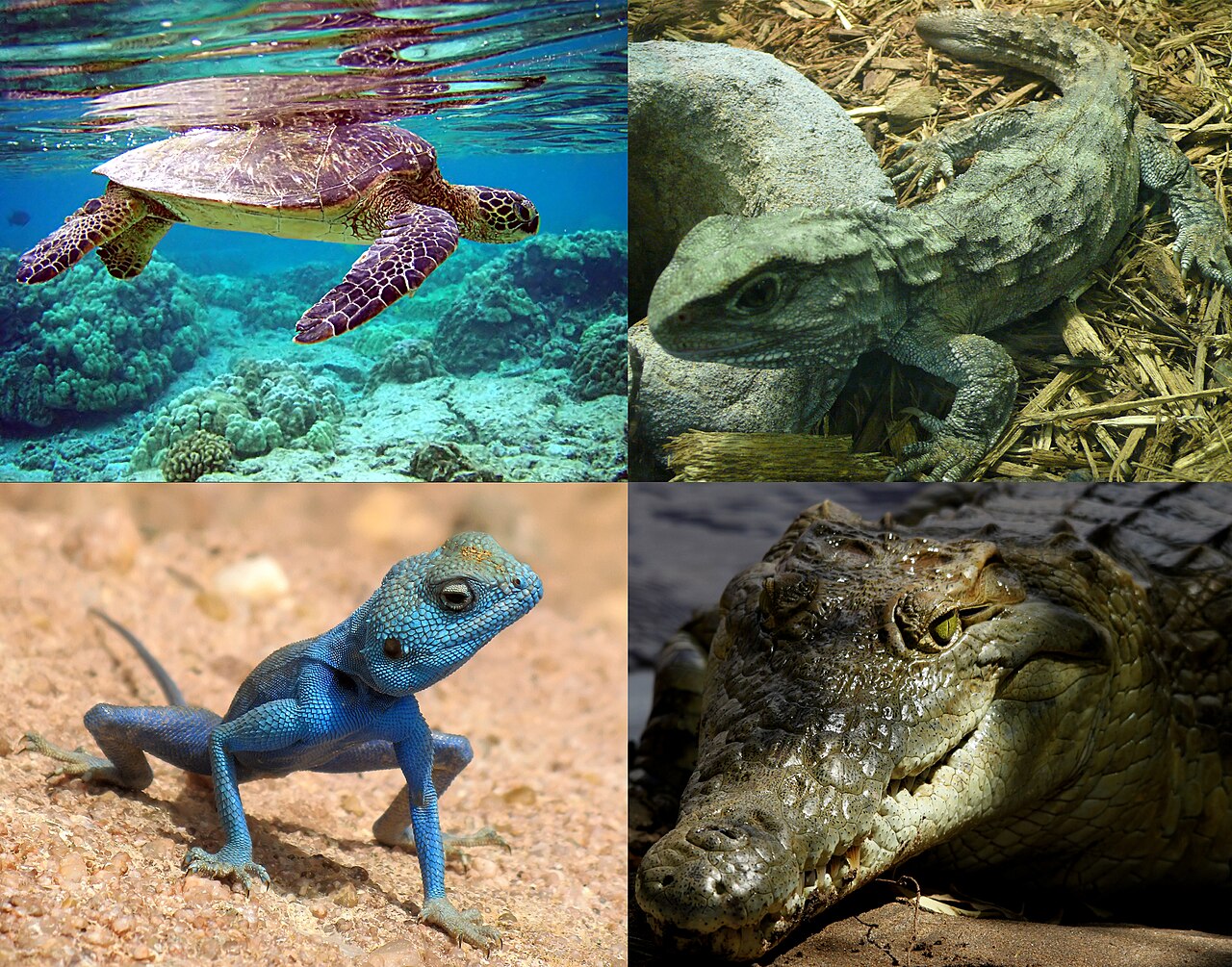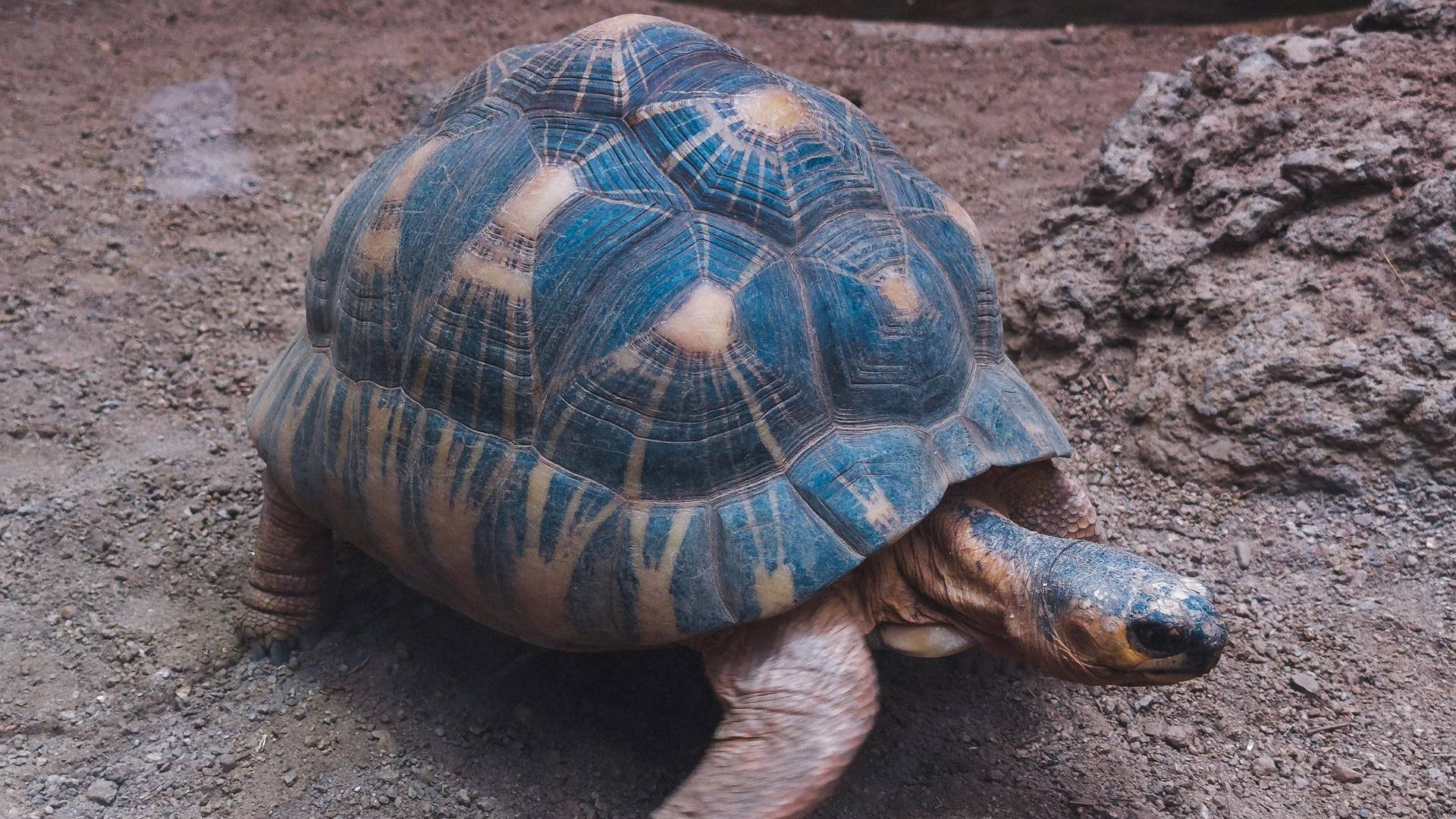In the digital age, social media platforms have transformed from simple communication tools into powerful marketplaces and influence hubs that shape consumer behavior across industries. Perhaps nowhere is this influence more concerning than in the exotic pet trade, particularly regarding reptiles. As vibrant images of rare snakes, colorful chameleons, and unusual lizards flood Instagram feeds and TikTok videos, viewers become potential customers in a problematic and often illegal marketplace. The combination of influencer culture, algorithm-driven content, and the human desire for unique status symbols has created a perfect storm that’s driving unprecedented demand for exotic reptiles, many of which are protected, endangered, or unsuitable for captivity. This article explores the complex relationship between social media platforms and the surge in illegal exotic reptile trafficking, examining the ecological, ethical, and legal implications of this disturbing trend.
The Rise of Reptile Influencers
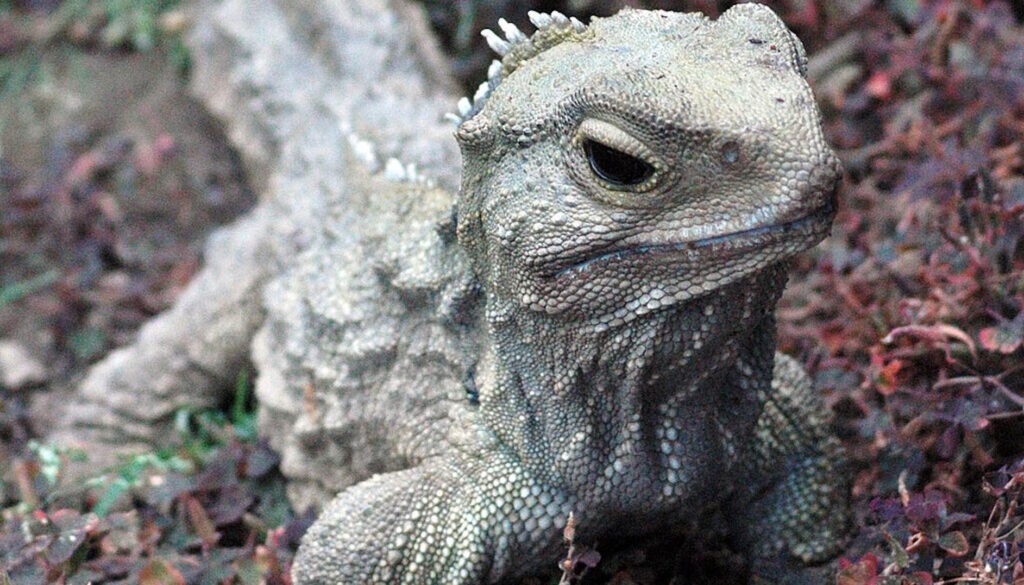
Across platforms like Instagram, YouTube, and TikTok, a new breed of content creator has emerged: the reptile influencer. These individuals showcase their extensive collections of unusual and often rare reptile species, garnering millions of views and cultivating dedicated followings. Their polished content typically highlights the beauty and unique characteristics of their animals, from iridescent scales to striking colorations, while downplaying or entirely omitting the complex care requirements, legal restrictions, and ethical considerations. Many such influencers position themselves as educational resources while simultaneously glamorizing exotic pet ownership, creating a cognitive dissonance that normalizes the possession of species that may be threatened in the wild. The monetization opportunities provided by these platforms—through advertising, sponsorships, and merchandise—create financial incentives that further drive the expansion of these exotic collections and their prominence in social media feeds.
Algorithm-Driven Desire

Social media algorithms play a significant role in amplifying interest in exotic reptiles, creating feedback loops that intensify consumer desire. When users engage with reptile content, platform algorithms serve them increasingly specialized and extreme examples, gradually normalizing the ownership of progressively rarer and more exotic species. This digital exposure creates artificial familiarity with animals that were previously unknown to average consumers, making them seem more accessible and appropriate as pets. Research in consumer psychology suggests that repeated exposure through algorithmic content delivery lowers psychological barriers to purchasing exotic animals, with users becoming desensitized to the novelty and potential ethical issues involved. Furthermore, the curated nature of social media creates the illusion that exotic reptile ownership is more common and trouble-free than it actually is, as the challenging aspects rarely receive engagement or algorithmic promotion.
The Status Symbol Effect
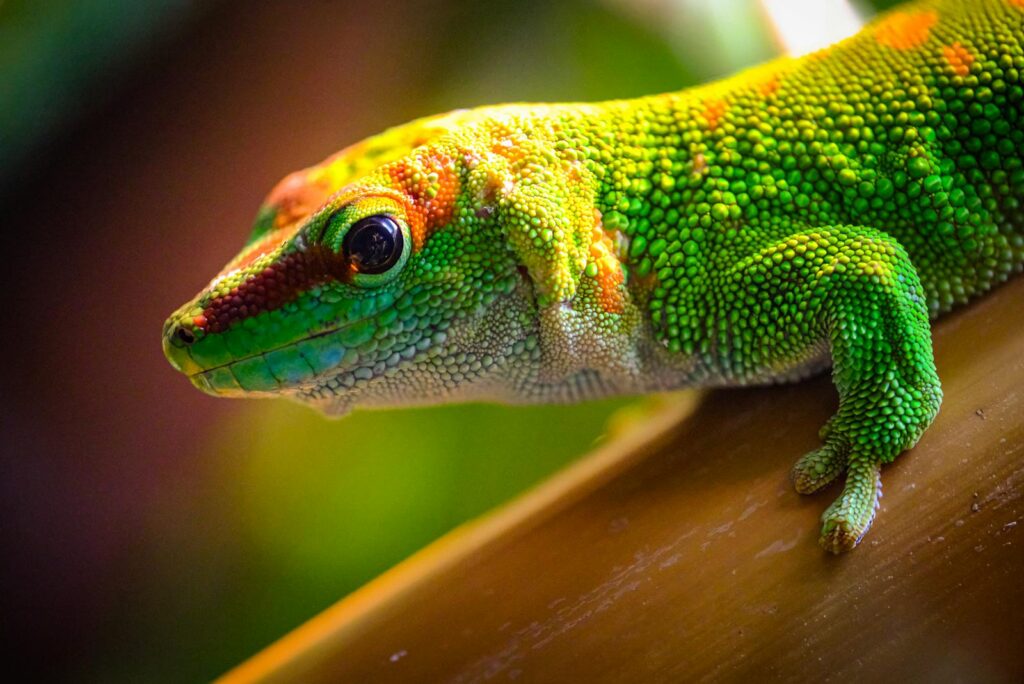
Exotic reptiles have increasingly become status symbols in the digital landscape, where ownership of rare species translates to social capital and online prestige. The rarer and more difficult to obtain the animal, the greater the perceived status conferred upon the owner within reptile-keeping communities and broader social media circles. This status-seeking behavior drives demand for progressively more unusual and often protected species, as collectors seek to distinguish themselves from others through ownership of animals that few others possess. Psychological research on conspicuous consumption suggests that in online contexts, where physical luxury goods may be less visible, exotic pets serve as alternative status markers that can be prominently displayed through digital content. The public recognition and admiration received through likes, comments, and shares reinforces this behavior, creating a self-perpetuating cycle where ethical and legal considerations become secondary to social validation.
Private Groups and Hidden Marketplaces

Beyond the public-facing content that normalizes exotic reptile ownership, social media platforms host numerous private groups and hidden channels where actual trafficking occurs. These closed communities use coded language, private messaging systems, and invite-only access to facilitate the exchange of protected species while evading detection from authorities and platform moderators. Transactions often begin with innocuous contact in comment sections or through direct messages before moving to encrypted messaging apps where details are finalized. Wildlife crime investigators report that these digital underground marketplaces operate with sophisticated security measures, including verification processes to screen out law enforcement. The borderless nature of social media enables connections between suppliers (often in source countries with rich biodiversity) and buyers across the globe, creating international trafficking networks that are notoriously difficult to disrupt through traditional enforcement methods.
Environmental Impact of Collection
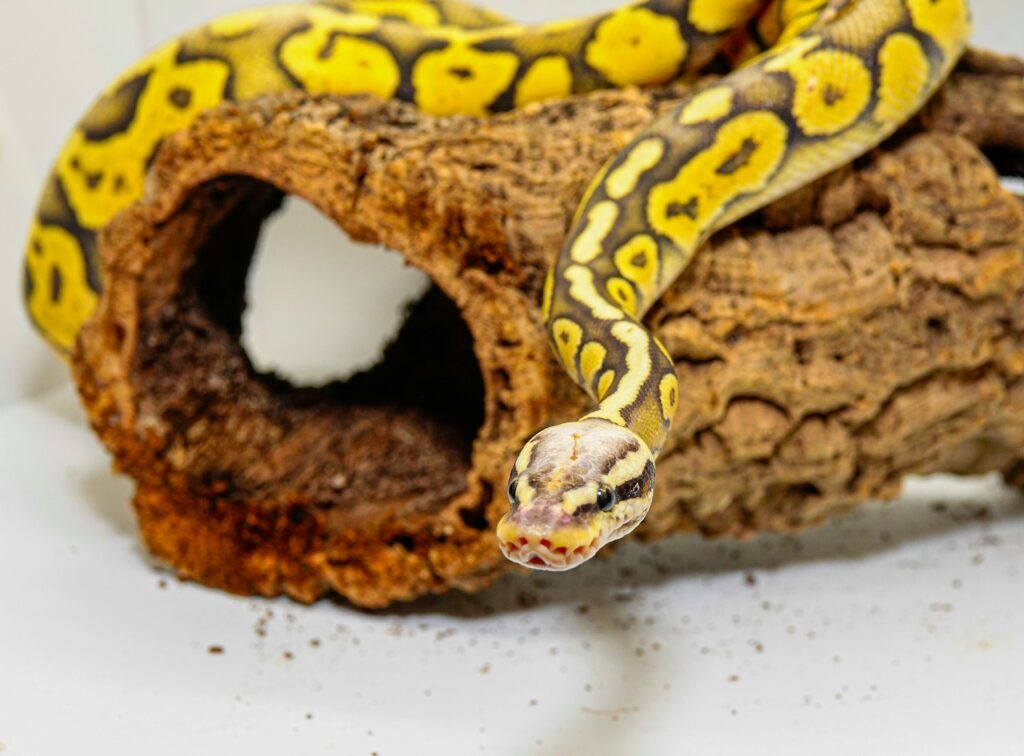
The environmental consequences of social media-driven demand for exotic reptiles are devastating for wild populations and ecosystems. Poaching for the pet trade has become a leading threat to many reptile species, with collection methods often causing collateral damage to habitats and non-target species. For species like the Madagascar radiated tortoise and various chameleon species, social media popularity has directly corresponded with increased poaching pressure and population declines in the wild. The selective removal of individuals with the most desirable traits (unusual coloration or patterns) can affect genetic diversity and resilience within wild populations, even when taking relatively small numbers. Additionally, collection often targets breeding adults, whose removal has disproportionate impacts on population sustainability and recovery potential. Conservation biologists have documented numerous local extinctions directly attributable to collection pressure driven by demand in international pet markets that are now predominantly facilitated through social media connections.
Welfare Concerns in Captivity
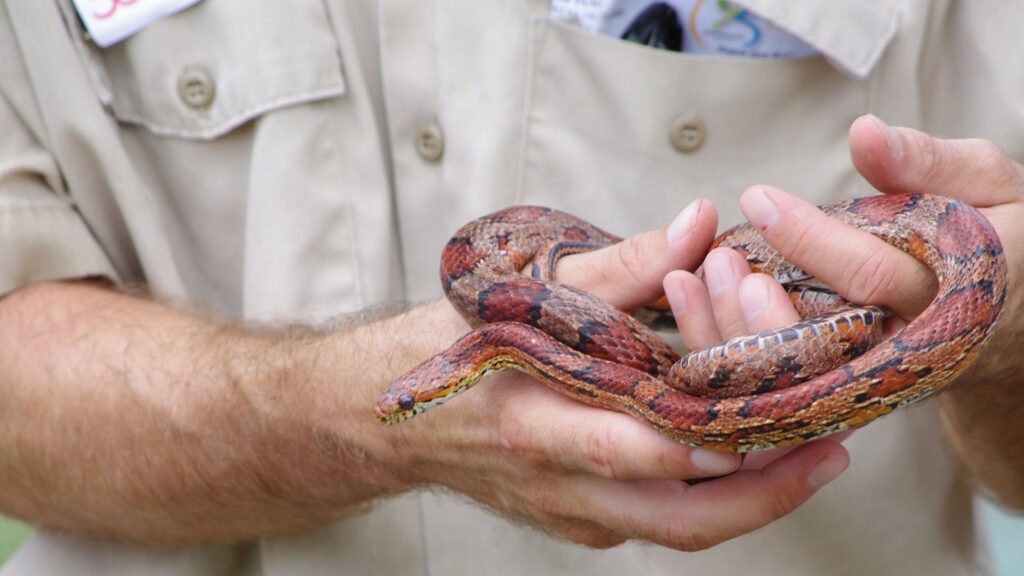
The exotic reptiles featured in glamorized social media posts frequently face significant welfare challenges in captivity that remain invisible to viewers. Many rare species have specialized dietary, temperature, humidity, and space requirements that are difficult or impossible to meet in typical home environments, leading to high mortality rates and chronic health issues. Specialized reptiles may require particular UVB light exposure, highly specific nutrient profiles, or environmental complexity that casual keepers inspired by social media cannot provide without significant expertise and investment. The impulse purchases driven by social media exposure frequently result in abandonment, neglect, or premature death of animals when owners discover the true complexities of proper care. Veterinary experts specializing in exotic animals report that social media has dramatically increased cases of malnutrition, metabolic bone disease, and other preventable conditions in species that were previously uncommon in the pet trade but have gained popularity through digital exposure.
Legal Frameworks and Enforcement Challenges

International and domestic legal frameworks designed to protect endangered species face unprecedented challenges in the age of social media-facilitated trade. The Convention on International Trade in Endangered Species (CITES) regulates cross-border movement of protected wildlife, but enforcement is complicated by the speed and anonymity of online transactions. Digital evidence is often ephemeral, with listings appearing and disappearing quickly, and cryptic language or code words being used to disguise the true nature of transactions. Wildlife enforcement agencies in most countries lack sufficient personnel, technical expertise, and resources to effectively monitor the vast landscape of social media platforms where illegal trade occurs. Jurisdictional issues further complicate enforcement when buyers, sellers, and platform operators may be located in different countries with varying legal standards and priorities regarding wildlife trafficking. Despite these challenges, some successful prosecutions have occurred when authorities have used undercover operations specifically targeting social media-based wildlife traders.
Platform Responsibility and Policies

Major social media platforms have varying policies and enforcement mechanisms regarding the promotion and sale of exotic wildlife. Most platforms technically prohibit the direct sale of animals, particularly protected species, but enforcement is inconsistent and often reactive rather than proactive. Content moderation systems struggle to distinguish between educational content featuring exotic reptiles and posts that implicitly or explicitly facilitate trafficking. Some platforms have implemented keyword filtering and image recognition technology to flag potential wildlife trafficking, but these systems are easily circumvented through the use of code words, misspellings, or private messages. Platform design features that prioritize engagement and viral content inadvertently reward sensational posts featuring unusual animals, creating structural incentives that work against conservation goals. Growing pressure from conservation organizations has led to some improvements in platform policies, though critics argue that truly effective solutions would require fundamental changes to the business models that currently profit from the attention generated by exotic animal content.
The Role of Misinformation

Misinformation about reptile care, legality, and conservation status proliferates on social media, facilitating the exotic pet trade through false narratives. Common misconceptions promoted by some influencers include claims that captive breeding eliminates conservation concerns, that certain protected species are legal when they are not, or that complex species are suitable for beginner keepers. This misinformation creates a perception that exotic reptile ownership is more ethical and accessible than it actually is, lowering psychological barriers to participation in potentially illegal activity. The format of short-form content on platforms like TikTok and Instagram is particularly problematic, as it allows for bold claims without sufficient context or nuance about the complexities of exotic species care and conservation. The peer-to-peer nature of social media means that misinformation from charismatic but unqualified sources often reaches more viewers than accurate information from credible conservation organizations or herpetologists. This dynamic creates entire communities operating under shared misconceptions about the impact and appropriateness of exotic reptile keeping.
Consumer Psychology and Impulse Acquisition

Social media platforms are exceptionally effective at triggering impulse purchasing behaviors through psychological mechanisms that the exotic pet trade exploits. The combination of visually striking content, perceived scarcity (“limited availability” or “rare opportunity”), and social proof (seeing others successfully keeping exotic species) creates powerful desire among viewers with minimal opportunity for reflective decision-making. The compressed timeframe between exposure and availability—sometimes allowing for same-day purchases through direct message arrangements—circumvents the natural cooling-off period that might otherwise allow potential buyers to research legal and welfare implications. Research in consumer psychology has demonstrated that the dopamine response triggered by novel social media content combined with the prospect of acquiring something unique creates a psychological state particularly conducive to impulsive acquisition decisions. The regret cycle often follows, with unprepared owners discovering the true challenges of exotic reptile keeping only after the animal is in their possession, leading to a secondary problem of abandonment, rehoming, or neglect of these specialized animals.
Conservation Organizations’ Countermeasures

Conservation organizations have begun developing strategic responses to combat the social media-driven exotic reptile trade through several innovative approaches. Some groups have created their own compelling social media campaigns that highlight the negative impacts of the exotic pet trade while leveraging similar psychological triggers and algorithmic amplification that traffickers use. Collaborative efforts between conservation NGOs and social media platforms have resulted in improved reporting mechanisms and educational pop-ups that appear when users search for certain species or hashtags associated with the exotic pet trade. Organizations like TRAFFIC and the Wildlife Conservation Society are training artificial intelligence systems to better identify potentially illegal wildlife trade on social platforms through pattern recognition across images, captions, and user behaviors. Additionally, some conservation groups have successfully infiltrated private trafficking groups to gather intelligence that leads to enforcement actions, working closely with Interpol and national wildlife crime units to build cases against major traffickers who operate through social media channels.
Ethical Content Creation Alternatives
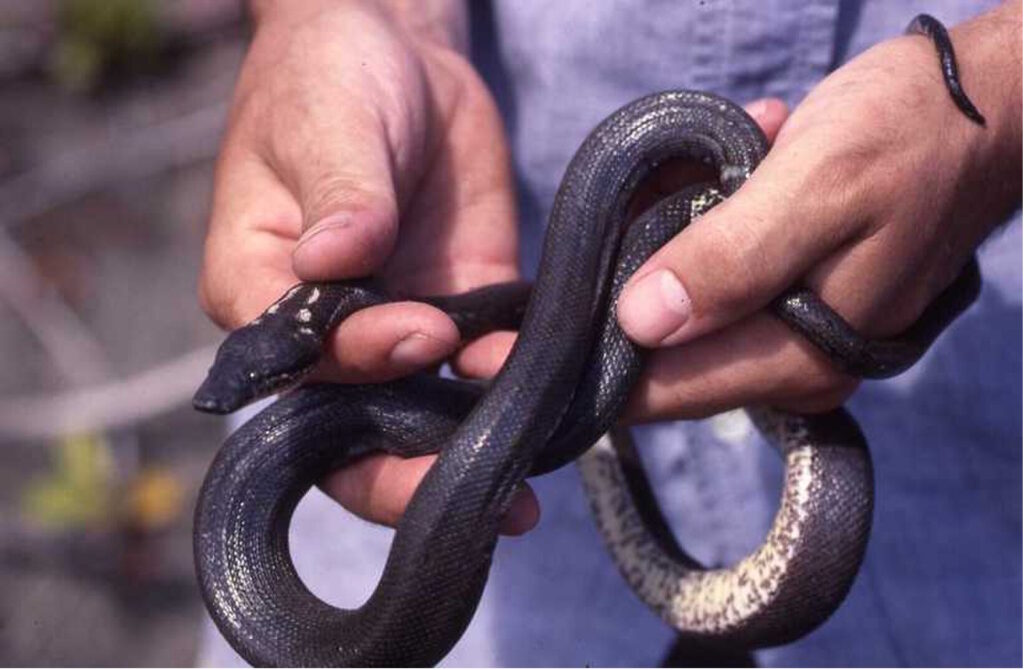
A growing movement of ethical reptile content creators is demonstrating that engaging, popular content about reptiles need not contribute to trafficking or irresponsible ownership. These creators focus on species that are legal, sustainably bred, and suitable for captivity while being transparent about the challenges, costs, and commitments involved in proper reptile husbandry. Many ethical influencers collaborate with zoological institutions, reptile rescue organizations, or conservation programs to feature rare species in educational contexts without promoting private ownership. Some have developed creative content formats that satisfy viewers’ interest in unusual reptiles while explicitly discouraging ownership of species that are threatened, legally protected, or have specialized care requirements beyond most keepers’ capabilities. The success of these ethical content creators demonstrates that social media’s power can be harnessed for conservation education rather than exploitation, providing platforms with models for what responsible reptile content can look like without sacrificing engagement or audience growth.
Future Regulatory Approaches

Emerging regulatory approaches seek to address the unique challenges posed by social media’s role in exotic reptile trafficking through both technological and legal innovations. Some jurisdictions are developing specialized cyber-wildlife crime units with expertise in both digital investigation techniques and reptile identification to better monitor and enforce existing wildlife protection laws in online spaces. Proposed legislation in several countries would create explicit legal responsibility for social media platforms to proactively prevent wildlife trafficking, potentially including requirements for advanced content scanning, seller verification for animal-related posts, and mandatory reporting of suspicious activity. Innovative regulatory approaches include digital “passport” systems for legally acquired reptiles that would allow verification of an animal’s origins and legal status before it could be featured on social media platforms. International coordination efforts through bodies like Interpol and the United Nations Office on Drugs and Crime are increasingly focused on harmonizing approaches to online wildlife crime across jurisdictions to prevent traffickers from exploiting regulatory gaps between countries where social media operates globally but wildlife laws vary locally.
Conclusion
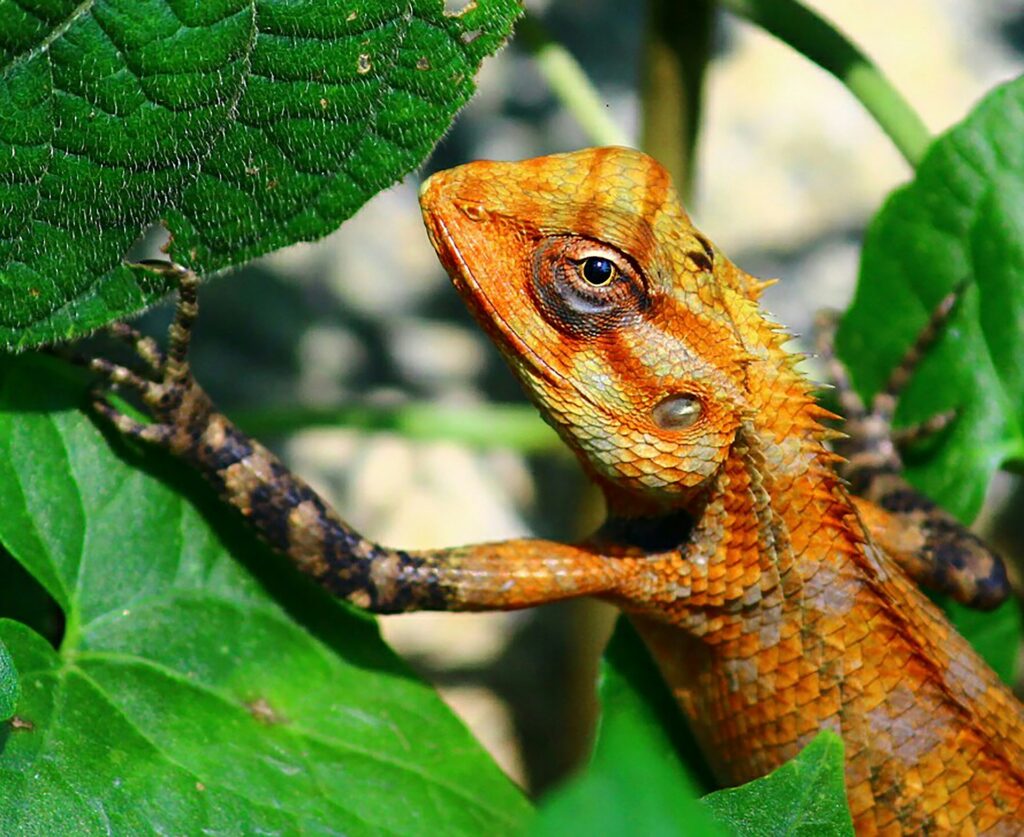
The intersection of social media and exotic reptile trafficking represents a significant conservation challenge for the digital age. As platforms optimize for engagement and connection, they inadvertently facilitate a trade that threatens biodiversity, animal welfare, and ecosystem health around the world. However, the same technological tools driving this problem also offer potential solutions through improved detection systems, educational outreach, and support for ethical content creation. Moving forward, addressing this issue will require coordinated effort from social media companies, wildlife authorities, conservation organizations, and responsible content creators to reshape the digital landscape in ways that discourage illegal exotic pet ownership while still satisfying the public’s fascination with the remarkable world of reptiles. By recognizing both the power and responsibility that comes with global digital platforms, we can work toward a future where social media celebrates biodiversity without contributing to its decline.

